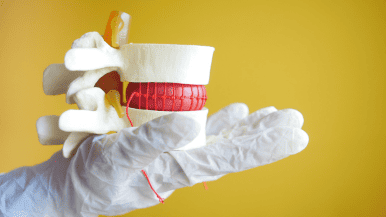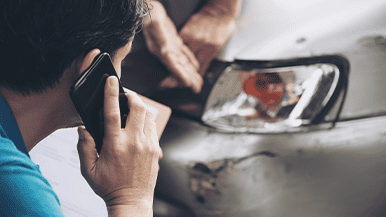 One in every five adults has arthritis, which means more than 50 million Americans suffer from the disease. The disease not only affects adults and the elderly, it also affects more than 294,000 children under the age of 18.
One in every five adults has arthritis, which means more than 50 million Americans suffer from the disease. The disease not only affects adults and the elderly, it also affects more than 294,000 children under the age of 18.
Arthritis is the leading cause for disability in the United States, according to the Arthritis Foundation. The pain from arthritis can be debilitating making simple daily tasks, such as walking and opening doors, seem daunting or impossible.
While the pain from arthritis can range in intensity, there are ways to better manage the pain you feel, including home remedies and surgery.
What is Arthritis?
Arthritis is inflammation in that can occur in one joint or many joints. Arthritis most often occurs in the knees, wrists, hands and hips. While there are many types of arthritis, the two most common types are osteoarthritis, which causes cartilage to break down, and rheumatoid arthritis, an autoimmune disorder that targets the lining of joints.
While arthritis pain may feel like regular aches that come with growing older, you should discuss joint pain that lasts for more than three days with your doctor. Symptoms of arthritis include:
- Pain
- Stiffness
- Swelling
- Redness
- Decreased range of motion
- Several episodes of joint pain within a month
How Can I Manage My Arthritis Without Surgery?
Arthritis pain is caused by the inflammation,damage to joint tissue, and muscle strain. There are ways to minimize the pain caused by arthritis. Your doctor can prescribe medication to help mitigate pain. There are also non-medication treatments that can help as well. Some of the most helpful treatments without using medication include:
Move and stretch frequently. When you’re sitting still, adjust your position frequently being sure to stand and walk every half hour. Before you go to bed, do gentle exercise or stretch to help you feel less stiff in the morning.
Make lifestyle changes. Making lifestyle changes like managing your weight and not smoking can help. Being overweight can increase the complications of arthritis and add to the pain. Smoking causes stress on connective tissues, which will also add to arthritis pain.
Exercise often. Being physically active can decrease arthritis pain. Choose activities that build muscles around the joints. Avoid activities that are high-impact and will create more stress on your joints such as running, jumping or high-impact aerobics.
What Options Do I Have if Nonsurgical Arthritis Treatments Fail?
Sometimes, nonsurgical treatments for arthritis aren’t enough to relieve pain. There are different surgical treatments that can help be performed. The joints can be realigned, the ends of the bones can be fused together or the joint can be replaced entirely.
Common treatments include:
Joint alignment surgery: During joint alignment surgery, a wedge of bone is removed from under the healthy side of the bone. A surgeon then closes the wedge and it straightens the joints.
Joint fusion: Joint fusion surgery can be performed in different ways. Bone can be taken from another part of the body and placed between the two bones being fused together to create a bone graft. Implants of metal plates, screws or wires can be used to close the joint and position the bones next to each other so that overtime they will heal and become one.
Joint replacement surgery: If joint replacement surgery is needed, the old joint will be replaced with a prosthesis, which is often made of plastic, metal or both. A surgeon will place a patient under anesthesia, then through an incision remove the old damaged joint and replace it with the prosthesis. After surgery, a patient will likely stay in the hospital for three to ten days. A new joint will typically last for 10 to 15 years and can help patients feel less pain than they did before the surgery.
Recovery from the surgery varies depending on the type of surgery. Despite which surgery you have, it is important to begin moving your joint to promote healing and strength. This will include physical therapy after surgery. Physical therapy will help to strengthen the muscles around the joint to improve range of motion.



